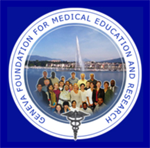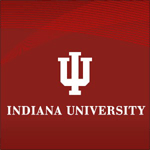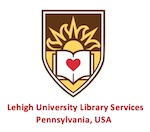


Google Scholar citation report
Citations : 5373
ASEAN Journal of Psychiatry received 5373 citations as per google scholar report
ASEAN Journal of Psychiatry peer review process verified at publons
| Journal Name | ASEAN Journal of Psychiatry (MyCite Report) | ||||
|---|---|---|---|---|---|
| Total Publications | 456 | ||||
| Total Citations | 5688 | ||||
| Total Non-self Citations | 12 | ||||
| Yearly Impact Factor | 0.93 | ||||
| 5-Year Impact Factor | 1.44 | ||||
| Immediacy Index | 0.1 | ||||
| Cited Half-life | 2.7 | ||||
| H-index | 30 | ||||
| Quartile |
|
- Anxiety Disorders
- Behavioural Science
- Biological Psychiatry
- Child and Adolescent Psychiatry
- Community Psychiatry
- Dementia
- Community Psychiatry
- Suicidal Behavior
- Social Psychiatry
- Psychiatry
- Psychiatry Diseases
- Psycho Trauma
- Posttraumatic Stress
- Psychiatric Symptoms
- Psychiatric Treatment
- Neurocognative Disorders (NCDs)
- Depression
- Mental Illness
- Neurological disorder
- Neurology
- Alzheimer's disease
- Parkinson's disease
Abstract
TIME TREND FOR SUBSTANCE USE DISORDER AND PSYCHIATRIC DISORDERS AMONG PATIENTS SEEKING TREATMENT FROM A DUAL DIAGNOSIS CLINIC OF A TERTIARY CARE SUBSTANCE USE DISORDER TREATMENT CENTRE IN INDIA
Author(s): Yatan Pal Singh Balhara, Rishi Gupta, Rakesh LalObjective: The study is aimed at assessment of time trend for substance use disorder and psychiatric disorders among patients seeking treatment from a dual diagnosis clinic of a tertiary care substance use disorder treatment centre in India. Methods: The study is based on chart review of the patients seeking treatment from the Dual Diagnosis Clinic of a tertiary care substance use disorder treatment centre. The records of the patients seeking treatment over a six-year period (2009-2014) were reviewed. Information was collected on sociodemographic variables, substance use disorder and co-occurring psychiatric disorder. Results: A total of 289 patients sought treatment from the dual diagnosis clinic of the centre. Majority were male (97.2%). Primary drugs of abuse were nicotine (74.4%), alcohol (49.5%), cannabis (38.4%), and opioids (28.7%). Most common co-occurring psychiatric disorders were psychiatric disorders, including schizophrenia (45.0%), Major depressive disorder (24.9%), Bipolar disorder (18.3%), anxiety disorder (4.5%) and OCD (2.4%). Most patients with psychotic disorders and depressive disorders had co-occurring alcohol dependence. Most patients with bipolar disorder had co-occurring cannabis dependence. There was a marginally significant increase in proportion of subjects with cannabis dependence (PTrend= .07). There was no significant time trend for various co-occurring psychiatric disorders. Conclusions: The findings of the current study suggest that there has been a marginally significant increase in proportion of subjects with cannabis dependence over the six study years. However, the proportion of co-occurring psychiatric disorders was stable across these years. The findings of the current study suggest that the centre should be prepared to cater to an increasing proportion of patients with cannabis dependence and possibly co-occurring psychotic disorders in the coming years.


























